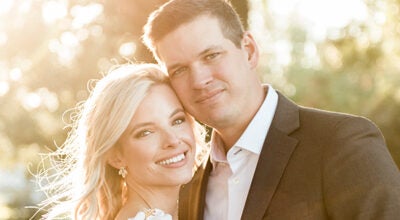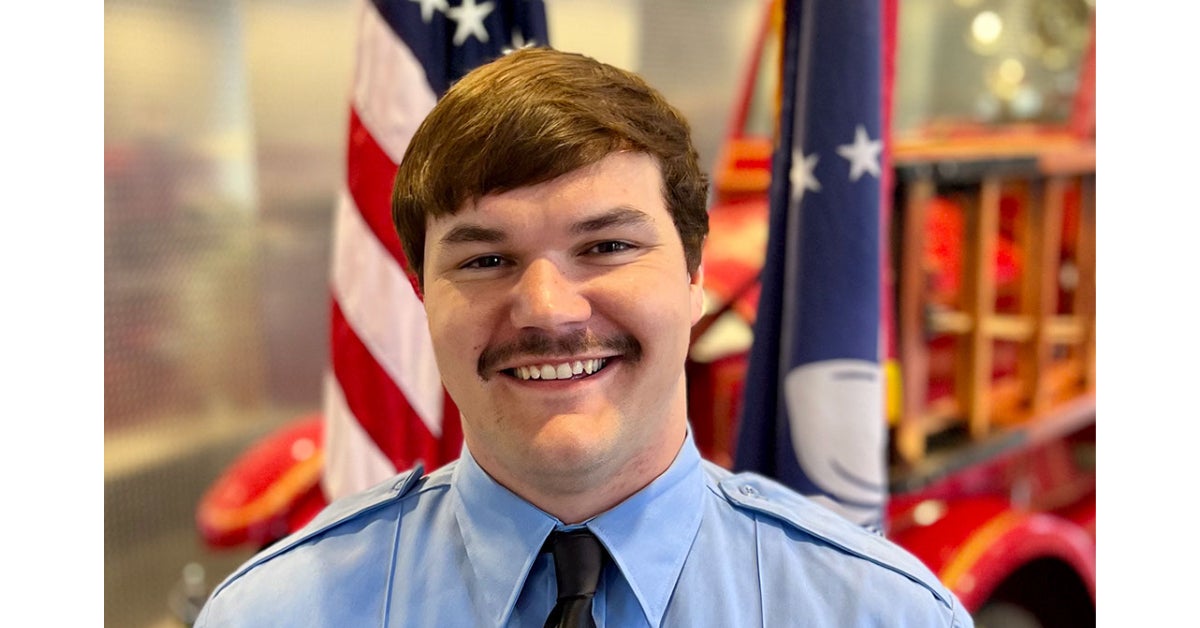Coca-Cola marks shapely anniversary|[11/16/06]
Published 12:00 am Thursday, November 16, 2006
It was 90 years ago today the contour Coca-Cola bottle, created so the company’s product would be set apart from the competition, appeared on store shelves.
Adding to its legacy are the company’s ties to Vicksburg, where Joseph Biedenharn became the first to put the soft drink in a bottle 21 years before the contour design was patented.
“The appearance of contour is sort of a continuation of our history with the Vicksburg community,” Phil Mooney, director of archives for the Coca-Cola Company, said. “We do credit Mr. Biedenharn” for contributing to Coca-Cola’s heritage.
A Vicksburg druggist, Biedenharn took over his father and uncle’s retail confectionery business, Biedenharn and Brother. It later became the Biedenharn Candy Company and in 1890, Joseph Biedenharn and his father built a two-story brick building at 1107 Washington Street. That building served as his wholesale candy company on one side and his father’s shoe store on the other.
The Biedenharns bottled Coca-Cola on Washington Street and in other locations in downtown Vicksburg until 1938, when the new plant was constructed at 2133 Washington Street.
The building was eventually sold, restored and donated to the Vicksburg Foundation for Historic Preservation.
Mooney said the Biedenharn name, Vicksburg and the Coca-Cola Company are perpetually linked.
“Mr. Biedenharn (packaged Coca-Cola) primarily to allow people to have it as they traveled up and down the Mississippi River,” Mooney said. “Until he did that, the only way to have Coke was to go to a soda fountain.”
But the bottles were too much like other soft-drink bottles, Mooney said, and Coca-Cola wanted to stand out.
“Over time, people started getting confused,” he said. “The bottles were kind of generic and used for every soft drink in the marketplace. The challenge was to come out with a package so unique that people would be able to recognize it by its shape.”
So Alexander Samuelson and Earl R. Dean of the Root Glass Company in Terre Haute, Ind., went to a public library and started to look through an encyclopedia to get inspiration for a design. They found it after coming across an illustration of a cocoa bean with a convoluted shape and grooves running the vertical length of the pod.
The prototype was patented in Samuelson’s name on Nov. 16, 1915, and the U.S. Patent and Trademark Office granted the trademark to Coca-Cola. A year later, the contour replaced straight-sided Coca-Cola bottles.
“It was a new bottle, something that had a very distinct shape,” Mooney said. “It was important to all of our markets, in general, and to Vicksburg, in particular. “It really is one of those great stories of innovation and happenstance.”
Furthermore, the contour design allows the Coca-Cola bottle “to have that graphic difference as it sits on retail shelves. This bottle became one of those unique packages, instantly recognizable.”
The contour bottle has been used in such movies as “The Gods Must Be Crazy,” “A Walk on the Moon,” “Behind Enemy Lines” and “Catch Me if You Can.” Artists Andy Warhol, Howard Finster, Tom Wesselmann, Ulrich Walter and Carlos Vergar have featured the bottle in their work.
Additionally, a 38-foot folk art contour bottle made of batting helmets, gloves, bats and baseballs sits above the left field fence at Atlanta’s Turner Field; in Las Vegas, a four-story bottle marks the entrance to a Coca-Cola store; and in New York City, a 30-ton, 40-foot, sculptured interactive sign welcomes visitors to Times Square.
“We have taken one of the iconic pieces of our business and translated it into modern packaging,” Eugenio Mendez, global group brand manager for Coca-Cola Franchise, said. “It is remarkable and inspiring to think that our legacy of unique packaging lives on today because of something created 90 years ago.”
The world’s largest beverage company, Coca-Cola markets Diet Coke, Fanta, Sprite and other soft drinks, juices, teas, coffees and energy and sports drinks. More than 1.3 billion servings of Coca-Cola products are consumed each day in 200 countries, according to the company.





